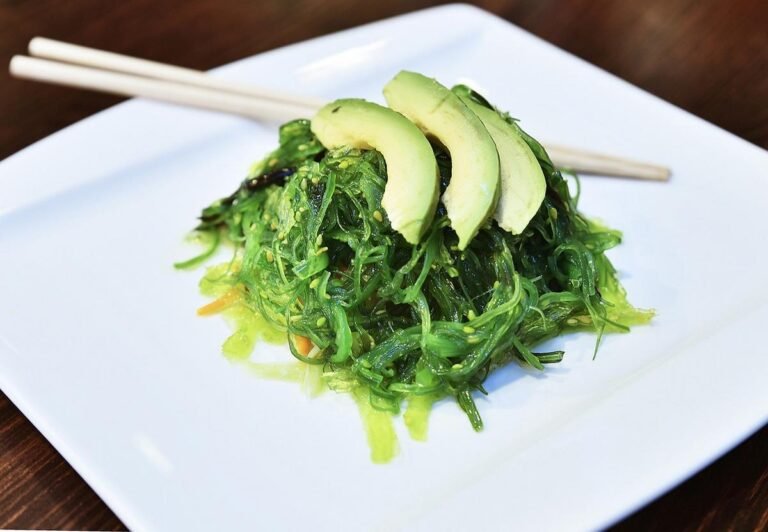Banana-Leaf Wrapped Nasi Jinggo Packs a Punch with Spicy Chicken, Balado Eggs and Bold Balinese Flavor
Nasi Jinggo is a compact dish that captures Bali’s rich culinary heritage in a single, hand-wrapped banana leaf parcel. Vendors layer sticky white rice with an assortment of local additions, then fold it into a neat bundle. The green leaf not only protects the contents but also adds an earthy aroma, inviting diners to uncover a blend of tradition and taste in each bite.
Historical accounts trace this snack to early Balinese street stalls, where quick yet filling meals were in demand. Nasi Jinggo won favor among market shoppers and workers, supplying protein, vegetables, and spice within its neat wrap. As tourism expanded, resort kitchens and casual cafes added the dish to their lineups, widening its reach beyond roadside stalls to urban dining spots.
At the heart of each parcel lies soft white rice, steamed until just tender. Surrounding that base, diners find choices such as spicy shredded chicken, hard-boiled eggs coated in fiery balado sauce, and sautéed long beans seasoned with garlic and chilies. A dollop of sambal—a chili paste renowned on the island—completes the package, balancing sweet, salty, and piquant notes in miniature form.
Once sold exclusively from roadside warungs, the snack now appears on tables at polished eateries. Creative cooks garnish the parcels with desiccated coconut flakes or offer vegan alternatives, tweaking the match of ingredients. Yet the core concept remains: a portable serving that honors Balinese methods and keeps meal costs modest without losing its original character.
Local communities view the dish as a symbol of resourcefulness, reflecting the ability to craft flavorful fare from modest staples. Family gatherings and neighborhood celebrations often feature Nasi Jinggo alongside other dishes, reinforcing bonds over shared tastes. The act of unwrapping its leaf cover turns each sitting into a small communal ritual, one that unites diners through simple yet satisfying flavors.
In recent years, travelers have embraced Nasi Jinggo as a bite-sized introduction to Bali’s food culture. Street food tours make a stop at popular stalls that sell dozens of parcels each day, and international culinary writers highlight it in feature articles. Residents, meanwhile, regard the snack as a taste memory, one that ties modern life back to childhood markets and village tables.
Served at dawn markets and after-dark food carts alike, this tiny staple continues to win praise for its playful styling and dependable flavor. Whether picked up for a quick breakfast by laborers or ordered as part of a gourmet platter, Nasi Jinggo stands as a humble, tasty link between Bali’s past and its thriving present.







